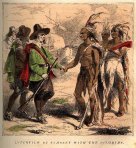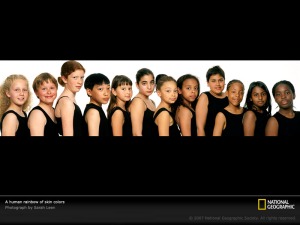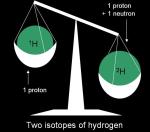 From: TMSC Consulting SVCS, LLC Developmental Division and Helium.com Where Knowledge Rules by Tres Mali Scott, M.Ed., M.S., Ph.D. (ABD), 2nd & 3rd Place Pulitzer Center Citizen Journalist Award.
From: TMSC Consulting SVCS, LLC Developmental Division and Helium.com Where Knowledge Rules by Tres Mali Scott, M.Ed., M.S., Ph.D. (ABD), 2nd & 3rd Place Pulitzer Center Citizen Journalist Award.
Dance class? Sounds very simple. When I started Ballet and Tap class I was three years old. It was simple then. Saturday at the park I took ballet and then tap class. I became more serious about the “art of dancing”. The simple Saturday class at the park turned into one of the best dance schools in the nation back then and four to five classes a week. Some children will do very well in dance class and other activities offered.
Keep in mind, that it could become a future commitment and the cost will increase.For many young people, dancing can become a passion. Dance class includes recitals, costumes, friends, and other outings. Some recitals require tickets purchased.
It is also important to look at the type of school and what it is for. Once I attended a dance school that was like the “Russian Ballet”. The instructor was to serious for me. At the time I was attending dance class for enjoyment and recreation. My wonderful mother found another school that I attended. I did very well, meet a lot of friends, and enjoyed many, many recitals. Honest communication is important as well. Try not to live your life through your child’s experiences.
At the time I was attending dance class for enjoyment and recreation. My wonderful mother found another school that I attended. I did very well, meet a lot of friends, and enjoyed many, many recitals. Honest communication is important as well. Try not to live your life through your child’s experiences.
Yes, you should enroll your child in dance class, football players sometimes take dance classes to improve. Many young men are great tap dancers. There are dance classes for both sexes that are gender role appropriate.
For social development, dance class is a great way for parents to meet other parents and children to meet new friends. Children learn to follow directions, cooperate with peers, and learn how to interact age appropriately. Most classes are organized by age.
In conclusion, yes you should enroll your child in an age and sex appropriated dance class that will improve social interactions, and do not forget it can turn into a great profession or enduring hobby. Be prepared for the cost of costumes and recital tickets and look into the school and type of teacher your child will have for classes. Each child is different if you have more than one child enrolled at a time, they may respond differently to the same environment

















